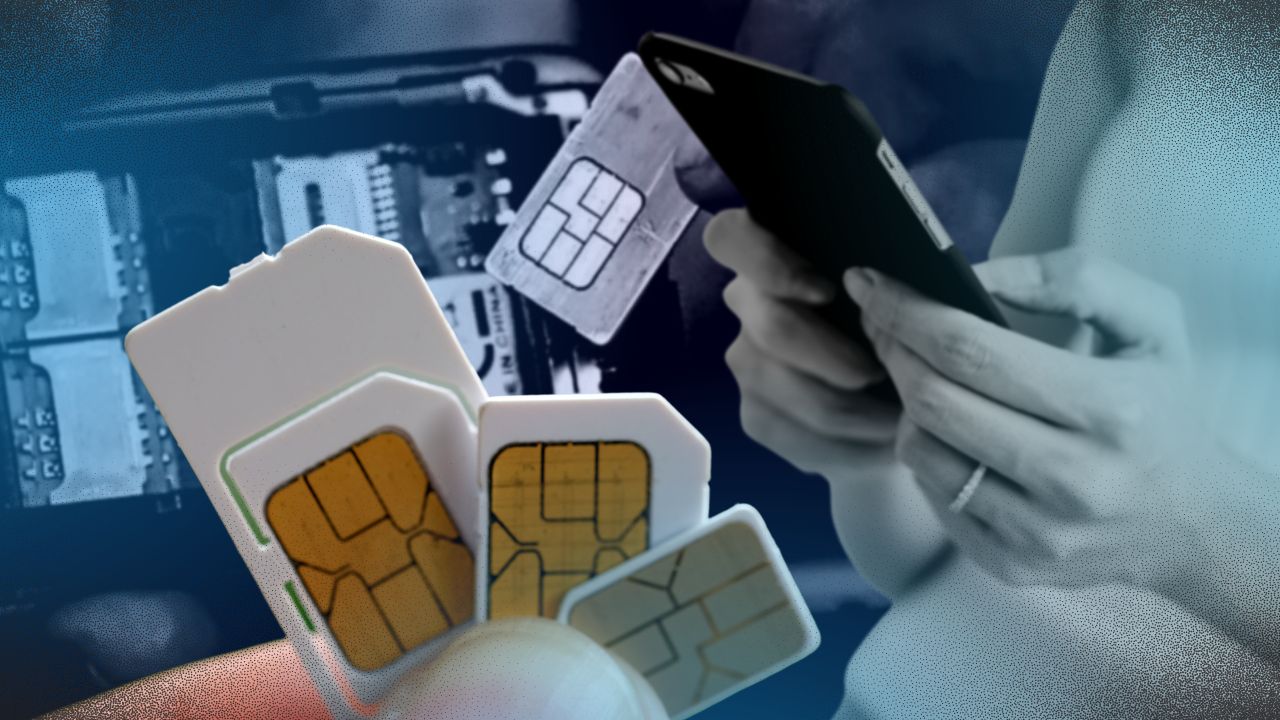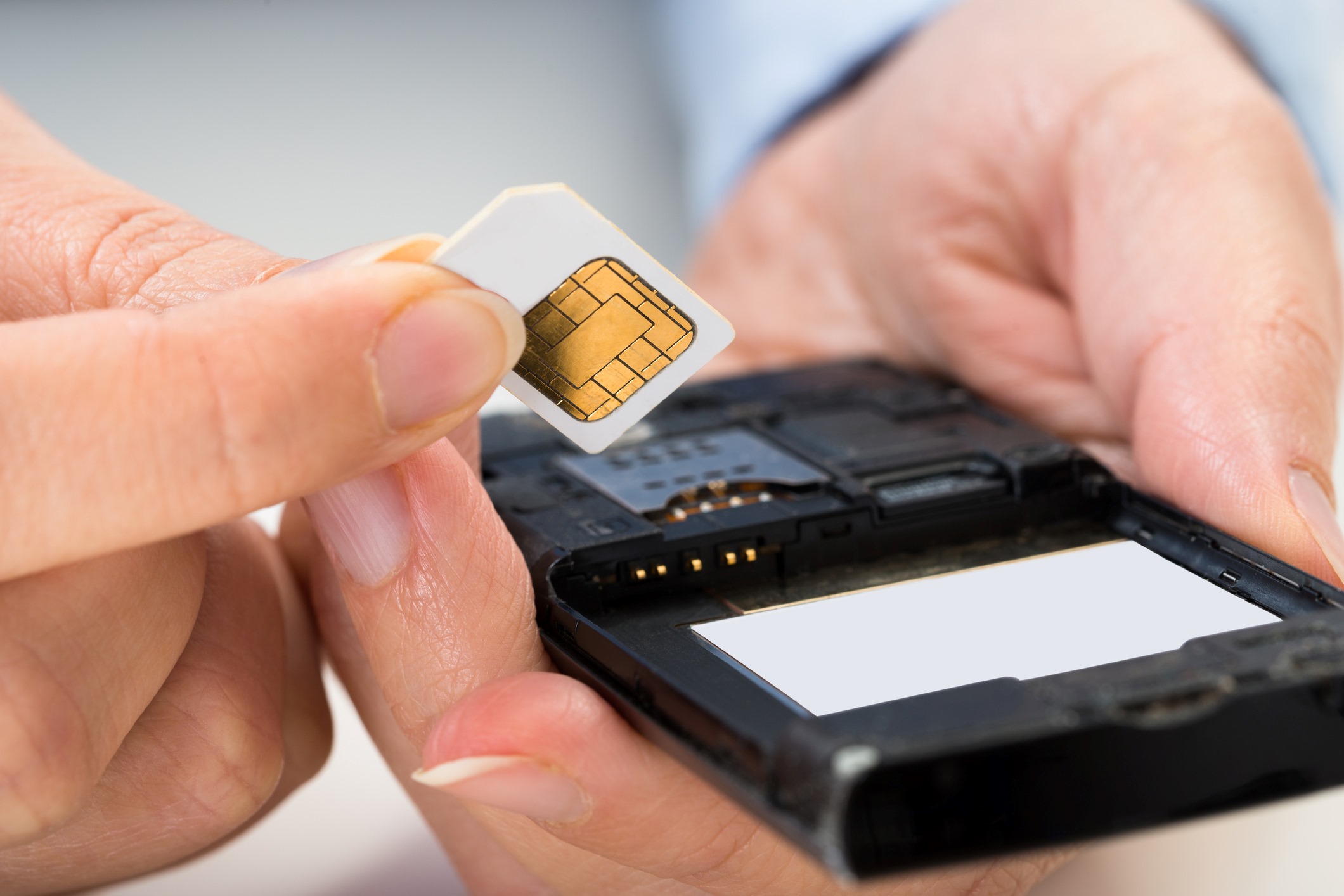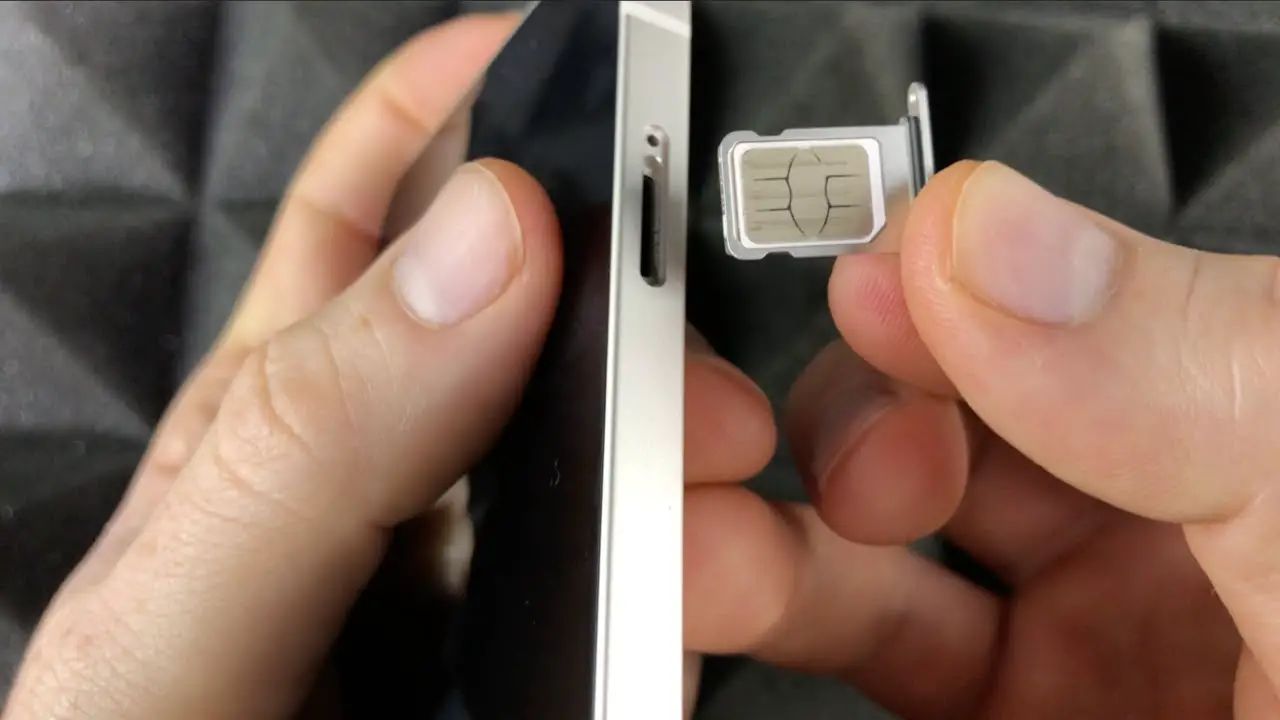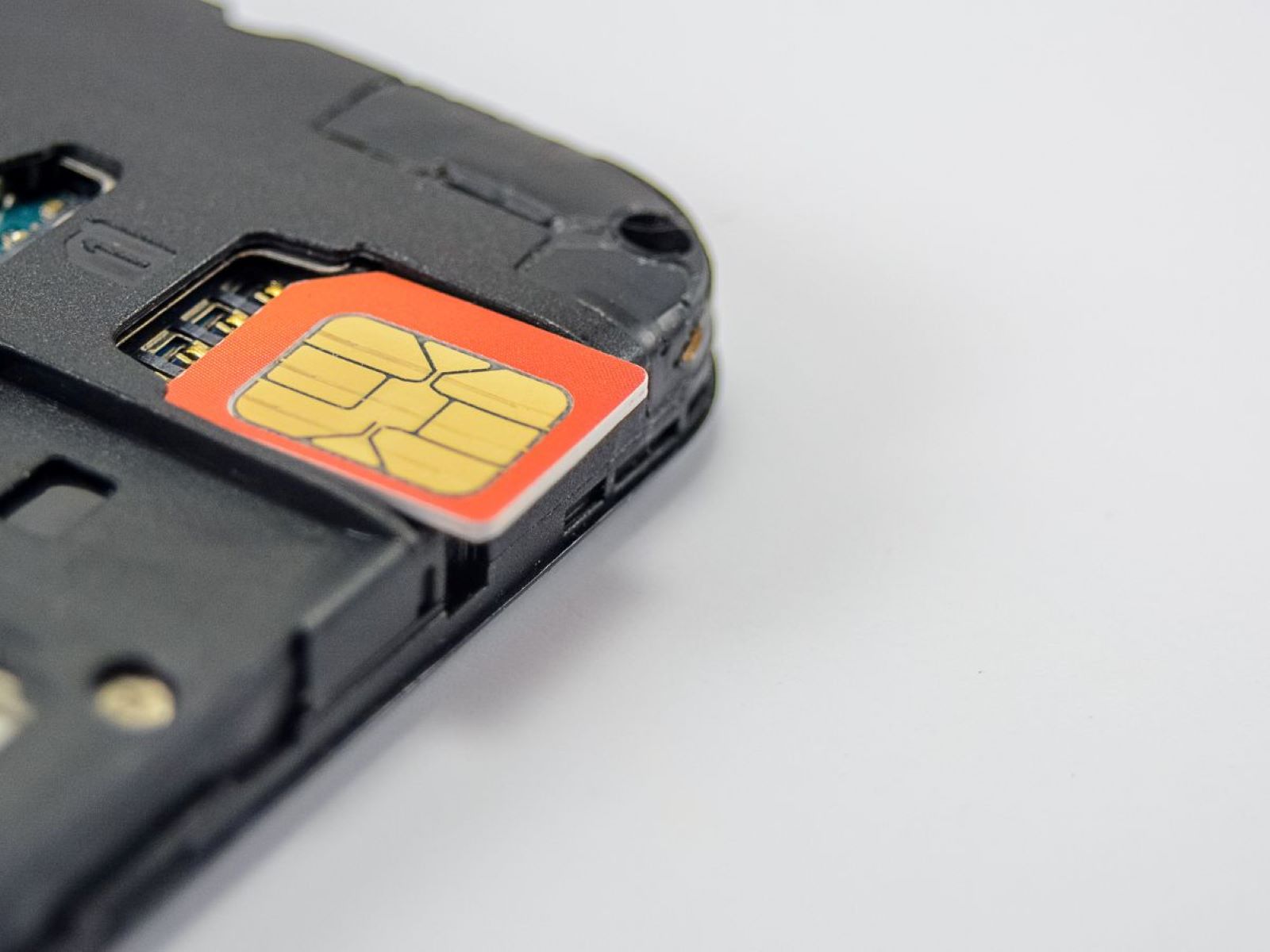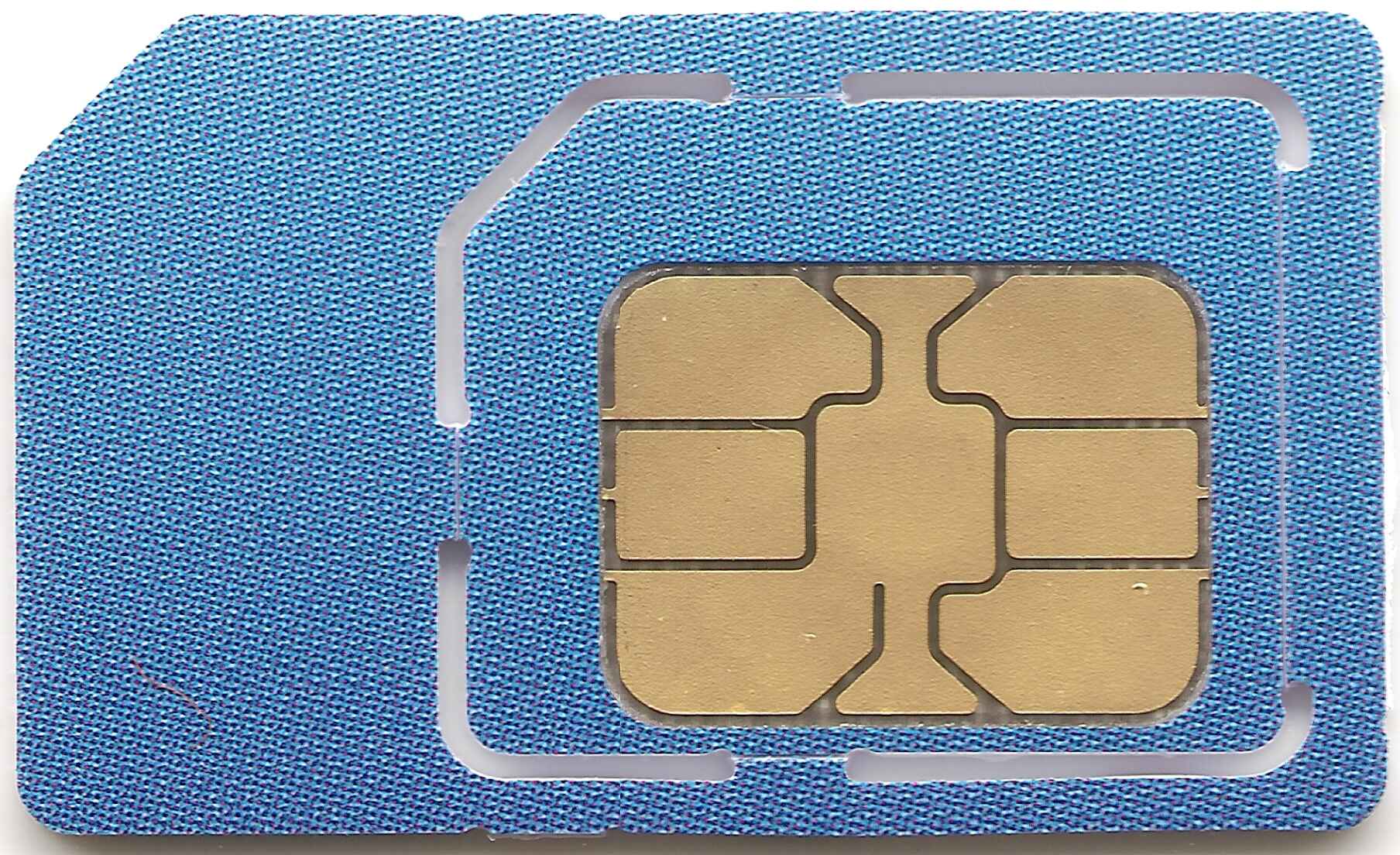Introduction
Deactivating a SIM card is a crucial process that individuals may need to undertake for various reasons, such as upgrading to a new device, switching to a different service provider, or simply disposing of an old SIM card. Understanding the steps involved in deactivating a SIM card is essential for ensuring a smooth transition and safeguarding personal information.
In this comprehensive guide, you will learn the step-by-step process of deactivating a SIM card, including the necessary precautions to take before and after deactivation. Whether you are a tech-savvy individual or a novice in the realm of mobile devices, this guide will equip you with the knowledge and confidence to navigate the deactivation process seamlessly.
By following the outlined steps, you can ensure that your personal data is protected and that the SIM card is deactivated in a secure and responsible manner. Additionally, you will gain insights into the importance of backing up your data, communicating with your service provider, providing the necessary information, and responsibly disposing of or recycling the deactivated SIM card.
As we delve into each step, you will discover valuable tips and considerations to streamline the deactivation process. Whether you are preparing to switch to a new SIM card or retiring an old one, this guide will empower you to navigate the deactivation process with ease and peace of mind.
Now, let's embark on this informative journey to learn the essential steps for deactivating a SIM card, ensuring that you are well-prepared to safeguard your personal information and seamlessly transition to a new mobile device or service provider.
Step 1: Back Up Your Data
Before initiating the process of deactivating a SIM card, it is imperative to prioritize the security and accessibility of your data. Backing up your data serves as a crucial precautionary measure, ensuring that your valuable information, such as contacts, messages, and multimedia files, is preserved and easily transferable to a new device or SIM card.
To begin this essential step, consider the various methods available for backing up your data. Most modern smartphones offer built-in backup features, allowing users to seamlessly store their data on cloud-based services or external storage devices. Additionally, third-party applications and software solutions are readily available to facilitate the backup process, offering diverse options to suit individual preferences and requirements.
When backing up your data, it is essential to prioritize comprehensive coverage, ensuring that all pertinent information is securely stored. This includes contacts, calendars, photos, videos, app data, and any other personalized content that holds significance to you. By meticulously reviewing and selecting the data to be backed up, you can mitigate the risk of losing crucial information during the SIM card deactivation process.
Furthermore, it is advisable to verify the success of the backup process by accessing and confirming the integrity of the stored data. This verification step provides assurance that your data is accurately preserved and readily accessible when needed. By proactively confirming the backup's completeness, you can proceed with confidence, knowing that your valuable information is safeguarded against potential loss or corruption.
In essence, backing up your data serves as a foundational pillar in the SIM card deactivation process, empowering you to transition seamlessly while preserving your personal information. By prioritizing this essential step, you can embark on the subsequent stages of deactivating your SIM card with confidence, knowing that your data is securely preserved and ready for transfer to a new device or storage medium.
Step 2: Contact Your Service Provider
Upon successfully backing up your data, the next pivotal step in deactivating a SIM card is to initiate communication with your service provider. This crucial interaction serves as a direct channel to facilitate the deactivation process, ensuring that all necessary procedures are followed in compliance with the provider's protocols.
Initiating contact with your service provider can be achieved through various communication channels, including customer service hotlines, online support portals, or physical store visits, depending on the provider's available options. It is essential to select the most convenient and accessible method to ensure a seamless and efficient interaction.
When reaching out to your service provider, it is beneficial to prepare pertinent details and inquiries to streamline the process. Key information to have on hand includes your account details, such as the mobile number associated with the SIM card, account holder's name, and any relevant identification or verification credentials. This preparatory step expedites the interaction and enables the service provider to promptly assist you in initiating the SIM card deactivation process.
During the communication with your service provider, it is essential to articulate your intention clearly and concisely. By communicating your specific request to deactivate the SIM card, the service provider can efficiently direct the process and provide you with the necessary instructions or forms required to proceed. Additionally, be prepared to address any inquiries or verification procedures initiated by the service provider to authenticate your identity and account ownership.
Furthermore, it is advisable to inquire about any outstanding obligations or considerations associated with the deactivation process. This may include outstanding balances, contractual agreements, or potential implications on associated services or devices. By proactively addressing these aspects, you can ensure a comprehensive understanding of the implications and requirements involved in deactivating the SIM card, thus facilitating a smooth and informed process.
In essence, contacting your service provider represents a pivotal stage in the SIM card deactivation journey, enabling you to establish direct communication and initiate the necessary procedures in compliance with the provider's guidelines. By approaching this step with preparedness and clarity, you can effectively navigate the interaction and gain the essential insights and instructions required to proceed with the subsequent stages of the deactivation process.
Step 3: Provide Necessary Information
After establishing communication with your service provider and articulating your intention to deactivate the SIM card, the next critical step involves providing the necessary information as per the provider's requirements. This pivotal stage ensures that the deactivation process progresses smoothly and accurately, aligning with the provider's protocols and regulatory standards.
When providing the necessary information, it is essential to adhere to the specific guidelines and requests outlined by your service provider. This may encompass furnishing details such as the mobile number associated with the SIM card, the account holder's name, identification credentials, and any additional information required to validate the deactivation request. By meticulously adhering to the provider's specifications, you can facilitate a streamlined and compliant process, expediting the resolution of the deactivation request.
In addition to the core identification and account details, it is advisable to remain receptive to any supplementary inquiries or verification procedures initiated by the service provider. This may involve confirming personal details, addressing security queries, or complying with authentication measures to validate the deactivation request. By maintaining openness and cooperation throughout this stage, you can uphold the integrity of the deactivation process and reinforce the provider's confidence in your request.
Furthermore, it is essential to maintain a proactive approach by seeking clarity on any ambiguities or uncertainties regarding the information submission. Engaging in open communication with the service provider enables you to address any potential gaps or discrepancies, ensuring that the provided information aligns with the provider's expectations and facilitates a seamless deactivation process.
By diligently providing the necessary information in accordance with the service provider's guidelines and requirements, you play a pivotal role in expediting the SIM card deactivation process while upholding compliance and accuracy. This proactive engagement sets the stage for the subsequent stages of the deactivation journey, positioning you to navigate the process with confidence and adherence to the provider's protocols.
Step 4: Confirm Deactivation
Upon providing the necessary information and initiating the SIM card deactivation process, the subsequent pivotal step involves confirming the successful deactivation of the SIM card. This critical verification stage serves as a definitive checkpoint, ensuring that the deactivation request has been accurately processed and implemented by the service provider.
To confirm the deactivation, it is advisable to engage in proactive communication with the service provider, seeking acknowledgment and confirmation of the completed deactivation process. This may involve reaching out through the established channels, such as customer service hotlines, online support portals, or physical store visits, to obtain official confirmation of the SIM card's deactivation status.
During this interaction, it is essential to articulate your request for confirmation with clarity and conciseness, emphasizing the significance of verifying the successful deactivation of the SIM card. By clearly communicating your intention, the service provider can swiftly assist you in accessing the relevant status updates and confirmation details, ensuring that the deactivation process is accurately validated.
Furthermore, it is beneficial to maintain a receptive and proactive stance when seeking confirmation, remaining open to any supplementary inquiries or verification procedures initiated by the service provider. This collaborative approach fosters a transparent and cooperative interaction, enabling you to obtain comprehensive confirmation of the SIM card's deactivation status while addressing any potential queries or clarifications raised by the provider.
In the event that the deactivation confirmation indicates any unresolved issues or discrepancies, it is advisable to diligently pursue further clarification and resolution with the service provider. This proactive approach ensures that any potential concerns or outstanding tasks related to the deactivation process are promptly addressed, mitigating the risk of lingering implications or uncertainties.
By actively confirming the successful deactivation of the SIM card, you establish a definitive assurance of the completion of the deactivation process, empowering you to proceed with confidence and peace of mind. This proactive verification stage serves as a crucial checkpoint, validating the adherence to the deactivation request and affirming the secure transition away from the deactivated SIM card.
Step 5: Destroy or Recycle the SIM Card
After confirming the successful deactivation of your SIM card, the final step involves responsibly handling the deactivated SIM card. This pivotal stage presents two primary options: destroying the SIM card to safeguard personal information or recycling it in an environmentally conscious manner.
Destroying the SIM Card
When opting to destroy the SIM card, it is essential to prioritize the protection of personal data. This can be achieved through physical destruction methods, such as cutting the SIM card into small pieces or using specialized SIM card destruction tools. By rendering the SIM card physically irreparable, you can mitigate the risk of potential data retrieval and safeguard sensitive information from unauthorized access.
It is advisable to exercise caution and precision when destroying the SIM card, ensuring that all components, including the integrated circuit and metallic contacts, are thoroughly incapacitated. This proactive approach reinforces the security of your personal data, providing assurance that the deactivated SIM card is rendered unusable and devoid of retrievable information.
Recycling the SIM Card
Alternatively, choosing to recycle the deactivated SIM card offers an environmentally conscious approach to disposal. Many service providers and electronic recycling facilities offer dedicated programs for recycling SIM cards and other electronic components. By participating in these initiatives, you contribute to sustainable waste management practices and support the responsible recycling of electronic materials.
Before recycling the SIM card, it is advisable to verify the available recycling options provided by your service provider or local electronic waste recycling facilities. This proactive research ensures that the recycled SIM card is processed in accordance with established environmental standards, promoting the efficient recovery and reuse of valuable materials while minimizing environmental impact.
By responsibly handling the deactivated SIM card through destruction or recycling, you conclude the deactivation process with a conscientious approach, safeguarding personal data and contributing to sustainable waste management practices. This proactive engagement reinforces the secure transition away from the deactivated SIM card, aligning with best practices for data protection and environmental responsibility.







